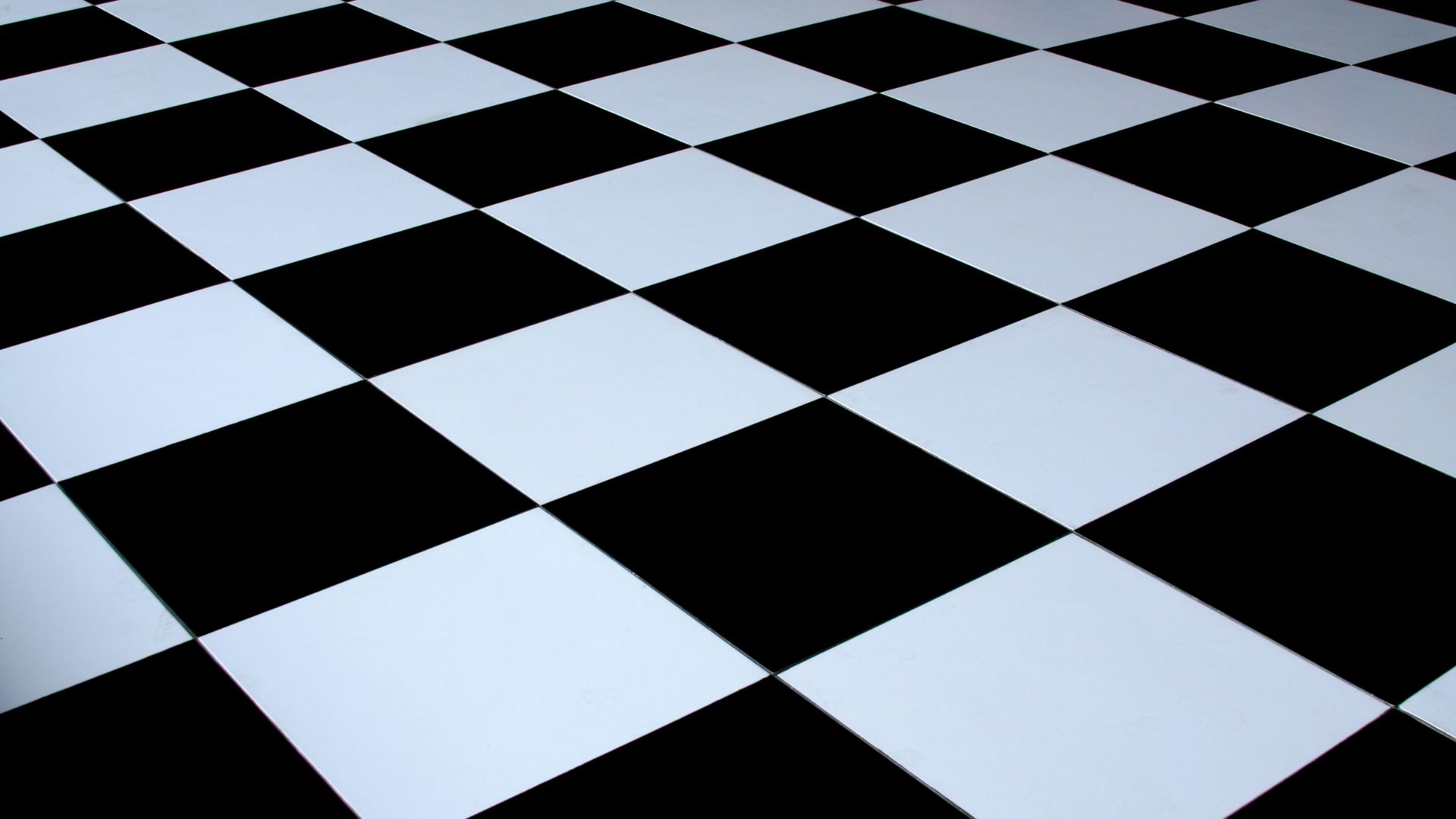Multi-Touch Interactive Dance Platforms
How do multi-touch interactive dance platforms utilize motion sensors to track users' movements?
Multi-touch interactive dance platforms utilize motion sensors by incorporating advanced technology that can detect and track users' movements in real-time. These motion sensors are strategically placed within the platform to capture the slightest gestures and translate them into interactive dance moves on the screen. By accurately tracking users' movements, the platform can provide immediate feedback and create an immersive dance experience that responds to the users' actions.






